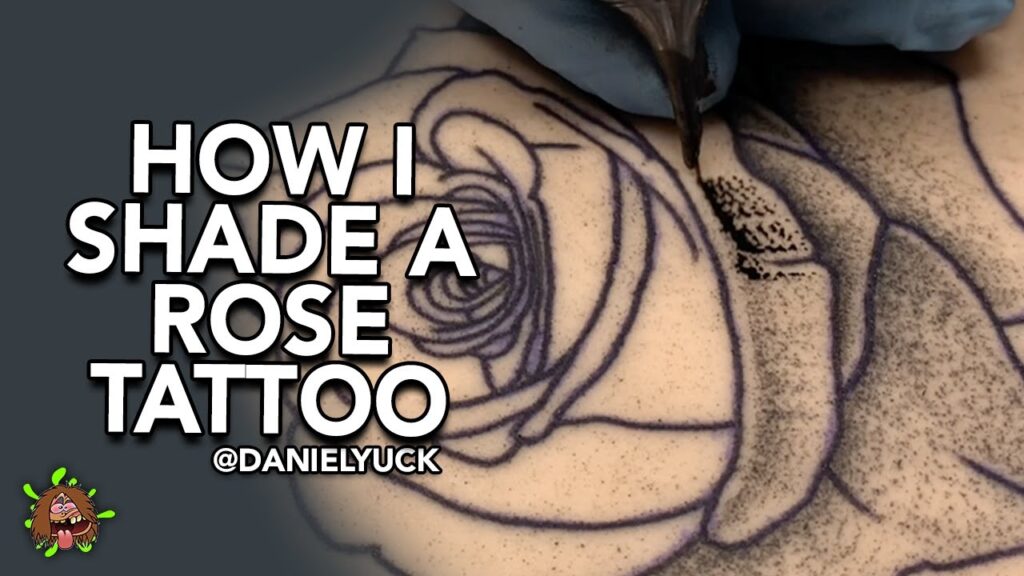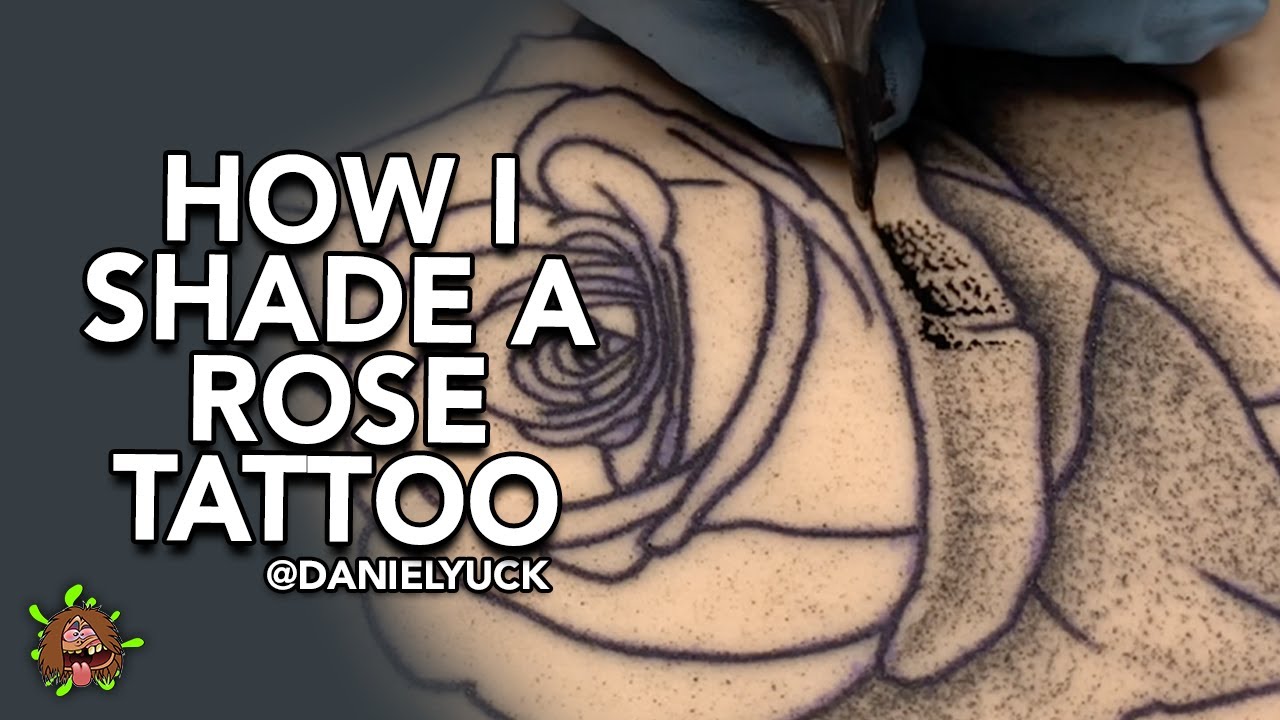
Unveiling the Depth: Exploring Shading Tattoos Designs and Techniques
The world of tattooing is a vibrant tapestry of artistry, skill, and personal expression. Among the various techniques employed by tattoo artists, shading stands out as a crucial element in bringing designs to life. Shading tattoos designs, when executed well, can transform a simple outline into a captivating piece of body art with depth, dimension, and realism. This article delves into the intricacies of shading tattoos designs, exploring different shading techniques, popular design styles, and essential considerations for anyone contemplating getting a shaded tattoo.
The Importance of Shading in Tattoo Art
Shading tattoos designs isn’t merely about filling in spaces; it’s about adding visual interest, creating gradients, and conveying a sense of form and texture. Without shading, tattoos can appear flat and two-dimensional. Shading can simulate light and shadow, making the design pop and giving it a more realistic or stylized appearance. The skillful application of shading tattoos designs can significantly enhance the overall impact of the tattoo, turning it from a simple image into a work of art.
Types of Shading Techniques
Several shading tattoos designs techniques are employed by artists, each offering a unique aesthetic and level of complexity. Here are some of the most common:
- Solid Shading: This involves filling in an area with a consistent, uniform tone. It’s often used for creating bold, graphic designs or for adding contrast to other shading techniques.
- Whip Shading: This technique uses a quick, whipping motion of the needle to create a soft, textured effect. It’s ideal for creating subtle gradients and adding a natural, organic feel to the tattoo.
- Stippling: Stippling involves creating a shaded effect by using a series of tiny dots. The closer the dots are together, the darker the shade appears. This technique is time-consuming but can produce incredibly detailed and realistic results.
- Grey Wash: Grey wash involves using diluted black ink to create a range of grey tones. This technique is commonly used for creating smooth, seamless gradients and adding depth to realistic tattoos.
- Color Shading: Similar to grey wash, but using diluted colors instead of black ink. This technique can add vibrancy and dimension to color tattoos, creating a more dynamic and eye-catching design.
Popular Shading Tattoo Designs
The application of shading tattoos designs can vary greatly depending on the style and subject matter of the tattoo. Here are a few popular examples:
Realistic Portraits
Realistic portrait tattoos heavily rely on shading to capture the likeness and nuances of the subject. Grey wash and stippling are often used to create subtle variations in tone and texture, bringing the portrait to life. The artist must master the art of shading to accurately depict the contours of the face, the play of light and shadow, and the individual characteristics of the person being portrayed. A well-executed shading tattoos designs in a portrait tattoo can create a stunning and lifelike representation.
Black and Grey Realism
Black and grey realism is a popular style that utilizes various shading techniques to create highly detailed and realistic images. From animals and landscapes to objects and symbols, black and grey realism tattoos often feature intricate shading to convey depth, texture, and form. The absence of color places a greater emphasis on the skillful application of shading, allowing the artist to create a visually compelling and impactful piece. Mastering shading tattoos designs is crucial for achieving the desired level of realism in this style.
Traditional Tattoos
While traditional tattoos are known for their bold outlines and vibrant colors, shading also plays a role in adding depth and dimension to these classic designs. Solid shading is often used to fill in areas and create contrast, while whip shading can be used to add subtle texture and detail. The shading in traditional tattoos is typically less subtle than in realistic styles, but it still contributes to the overall impact and visual appeal of the design. Proper shading tattoos designs can enhance the boldness and longevity of a traditional tattoo.
Geometric Tattoos
Geometric tattoos often incorporate intricate patterns and shapes that can be enhanced with shading. Shading can be used to create depth and dimension within the geometric design, adding visual interest and complexity. Different shading techniques can be used to create different effects, such as a subtle gradient or a bold, contrasting pattern. The careful application of shading tattoos designs can transform a simple geometric design into a captivating and visually stunning piece of art.
Choosing the Right Shading Technique
The best shading tattoos designs technique for a particular tattoo will depend on several factors, including the desired style, the subject matter, and the artist’s expertise. It’s essential to discuss your preferences with your tattoo artist and to view examples of their work to get a sense of their shading style. A skilled artist will be able to recommend the most appropriate technique for achieving the desired effect.
Factors to Consider Before Getting a Shaded Tattoo
Before committing to a shaded tattoo, there are several factors to consider:
- Pain Tolerance: Shading can sometimes be more painful than outlining, especially if it involves extensive areas or sensitive areas of the body.
- Healing Time: Shaded tattoos may take slightly longer to heal than tattoos with only outlines, as the skin has been more extensively worked.
- Artist’s Skill: The quality of the shading will depend heavily on the artist’s skill and experience. It’s crucial to choose an artist who specializes in the desired shading technique.
- Design Complexity: The complexity of the design will impact the amount of shading required. More complex designs may require more time and sessions to complete.
- Aftercare: Proper aftercare is essential for ensuring that the shaded tattoo heals properly and retains its vibrancy. Follow your artist’s instructions carefully.
Finding a Skilled Tattoo Artist for Shading Tattoos Designs
The key to getting a beautiful and well-executed shaded tattoo is to find a skilled and experienced tattoo artist. Here are some tips for finding the right artist:
- Research: Look for artists who specialize in the style of tattoo you’re interested in and who have a strong portfolio showcasing their shading skills.
- Read Reviews: Check online reviews and testimonials to get a sense of the artist’s reputation and customer satisfaction.
- Consultation: Schedule a consultation with the artist to discuss your design ideas and to get a feel for their personality and professionalism.
- Hygiene: Ensure that the tattoo studio is clean and sterile and that the artist uses proper hygiene practices.
- Communication: Choose an artist who is communicative and willing to work with you to create a design that you’re happy with.
The Future of Shading in Tattoo Art
As tattoo technology continues to evolve, we can expect to see even more innovative and sophisticated shading techniques emerge. Advances in tattoo machines, inks, and aftercare products are constantly pushing the boundaries of what’s possible in tattoo art. Artists are experimenting with new ways to create depth, dimension, and texture, resulting in increasingly realistic and visually stunning tattoos. The future of shading tattoos designs is bright, with endless possibilities for creativity and innovation.
Conclusion
Shading tattoos designs are a fundamental element of tattoo art, adding depth, dimension, and realism to designs. By understanding the different shading techniques, considering the factors involved, and choosing a skilled artist, you can ensure that your shaded tattoo is a beautiful and lasting piece of art. Whether you’re looking for a realistic portrait, a black and grey masterpiece, or a traditional design with added depth, shading can elevate your tattoo to the next level. Embrace the art of shading tattoos designs and unlock the full potential of your body art.
[See also: Tattoo Styles Explained]
[See also: Tattoo Aftercare Tips]
[See also: Choosing a Tattoo Artist]

